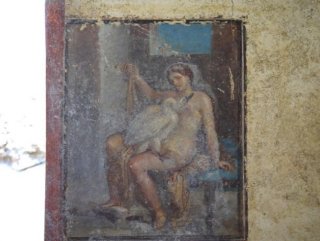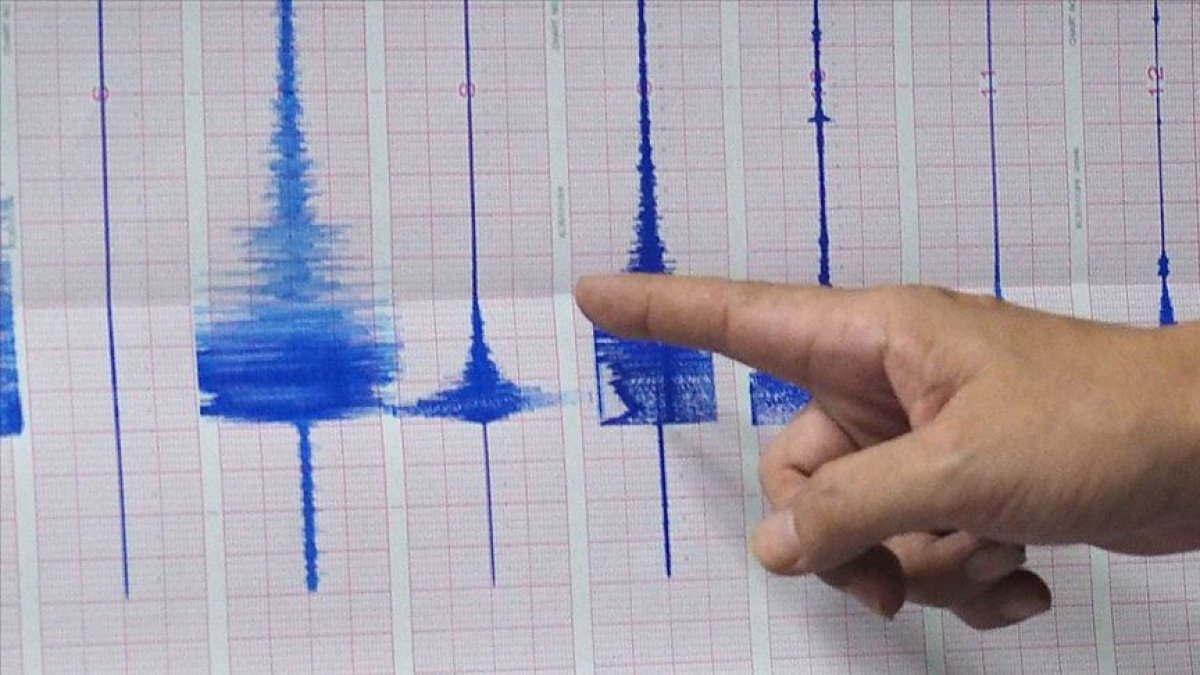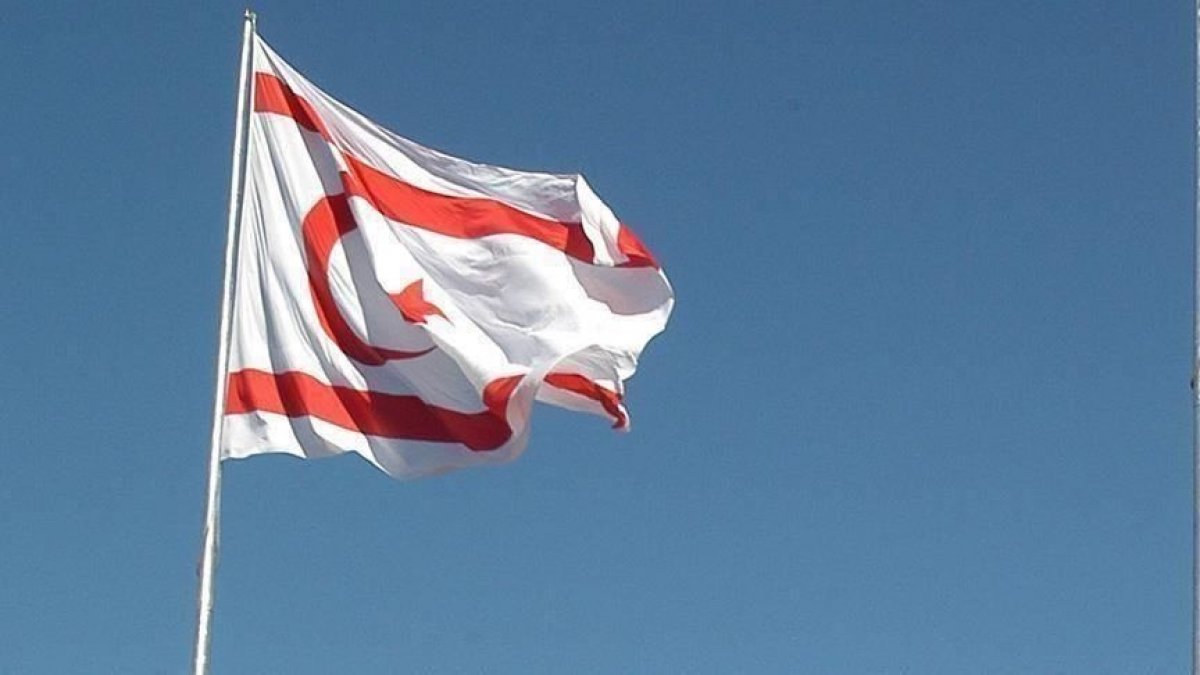Fantastic frescos, preserved mosaics and obscene graffiti are just some of the discoveries emerging from the largest archaeological dig at the site since the 1950s.
“NOW POMPEII IS QUITE SAFE”
The burst of activity marks the final stages of the “Great Pompeii Project”, launched in 2012 after a spate of cave-ins, with the European Union and Italian state handing over 105 million euros ($118 million) to halt the decay.

“The risk of collapse, of serious damage is past. Now Pompeii is quite safe,” said Francesco Muscolino, 42, an archaeologist working on the program. The extensive conservation work has enabled scholars to uncover a few more areas of Pompeii still buried under volcanic debris, including two large houses, alleyways, highly decorated interiors and a brightly colored snack bar.
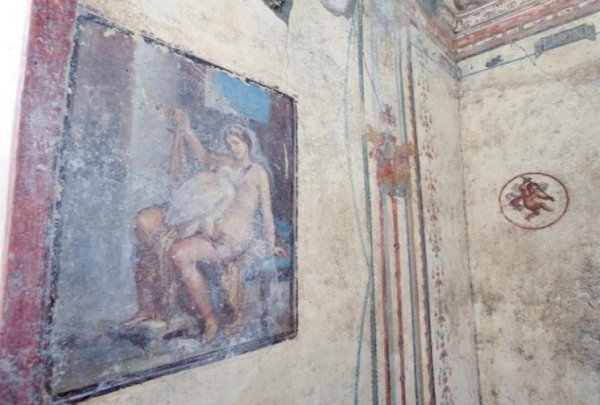
Pompeii was submerged by volcanic ash when Mount Vesuvius exploded in AD 79, killing thousands of Romans who had no idea they were living beneath one of Europe’s biggest volcanoes.
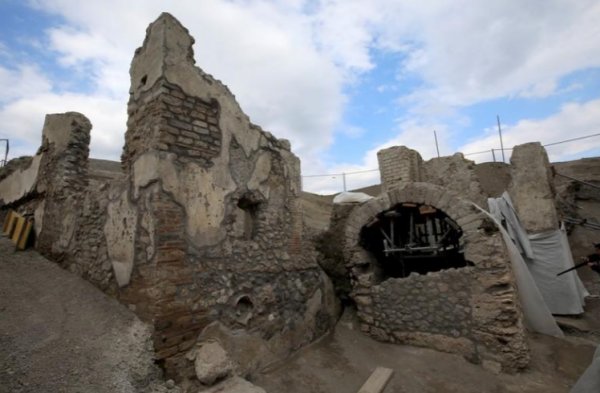
The memory of the catastrophe faded over time and it was not until 1748 that any meaningful exploration was undertaken. More systematic excavations were launched the following century, but by the end of the 20th century, neglect, lack of funds and repeated flooding were taking a heavy toll.
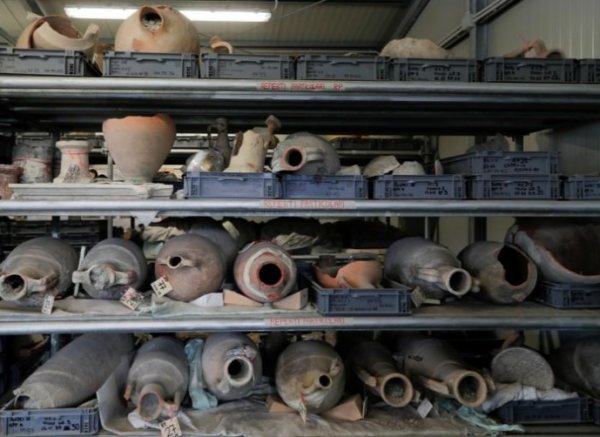
In 2010, less than 15 percent of the excavated area was accessible to tourists, wild dogs roamed the paved streets, and only 10 buildings were open, against 64 in 1956. Today, around 70 percent of the uncovered city is accessible and more than 30 fully restored buildings can be visited.


